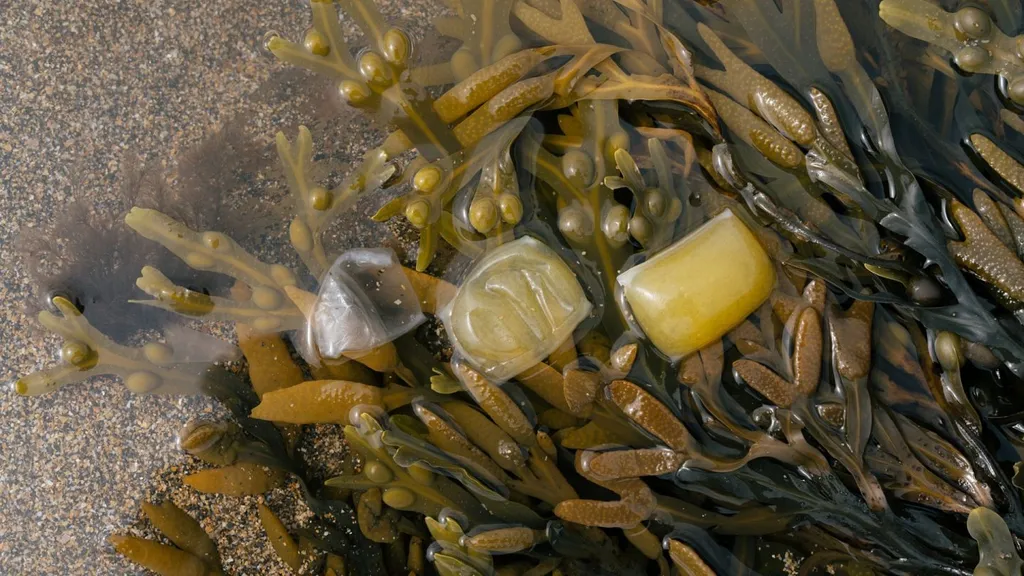In the quest for sustainable infrastructure solutions, a team of researchers led by Melissa R. Frey from the University of Colorado Boulder has made a significant stride. Their study, published in the journal *Infrastructures* (which translates to “Infrastructures” in English), explores the potential of agar, a biopolymer derived from red seaweed, as a direct and sustainable replacement for traditional petroleum-based asphalt binders.
The research, which characterizes the rheological properties and durability of agar-based binders, as well as the mechanical and microstructural properties of composites, offers promising insights for the construction and energy sectors. Over 90% of roads in the United States are surfaced with asphaltic materials, and the environmental impacts and costs associated with these petroleum-based binders are substantial. Biopolymers, sourced from renewable materials, present a sustainable alternative, but their performance and durability in construction applications have remained insufficiently understood—until now.
“Our study found that agar-based binders exhibited resistance to fungal deterioration, adequate stiffness to resist rutting at temperatures up to 80 °C, and potential for energy efficiencies associated with lower mixing and compacting temperatures,” said Frey. This is a significant finding, as it suggests that agar-based materials could offer a viable and sustainable alternative to traditional asphalt binders.
The implications for the energy sector are substantial. Asphalt production is energy-intensive, and the use of biopolymers like agar could lead to significant energy savings. “The potential for energy efficiencies is a game-changer,” Frey noted. “Lower mixing and compacting temperatures mean less energy consumption, which is not only better for the environment but also reduces costs.”
Moreover, the study found that agar-based composites illustrate many properties in line with those of traditional engineering materials. This means that agar-based binders could be integrated into existing infrastructure without compromising performance. “We’re not just looking at a sustainable alternative; we’re looking at a material that can perform just as well, if not better, than traditional asphalt binders,” Frey explained.
The research suggests that agar-based materials exhibit promising fresh-state and biodeterioration resistance properties. This could pave the way for a new generation of sustainable infrastructure materials that are not only environmentally friendly but also cost-effective. As the world grapples with the challenges of climate change and resource depletion, innovations like these are crucial.
The study’s findings could shape future developments in the field, encouraging further research into biopolymers and their applications in construction. “This is just the beginning,” Frey said. “There’s so much potential in biopolymers, and we’re excited to explore how they can be used to create more sustainable and efficient infrastructure.”
In conclusion, the research led by Melissa R. Frey offers a compelling vision of a future where sustainable materials like agar play a central role in infrastructure development. As the construction and energy sectors continue to evolve, the insights from this study could prove invaluable in driving forward the transition to a more sustainable and efficient future.

